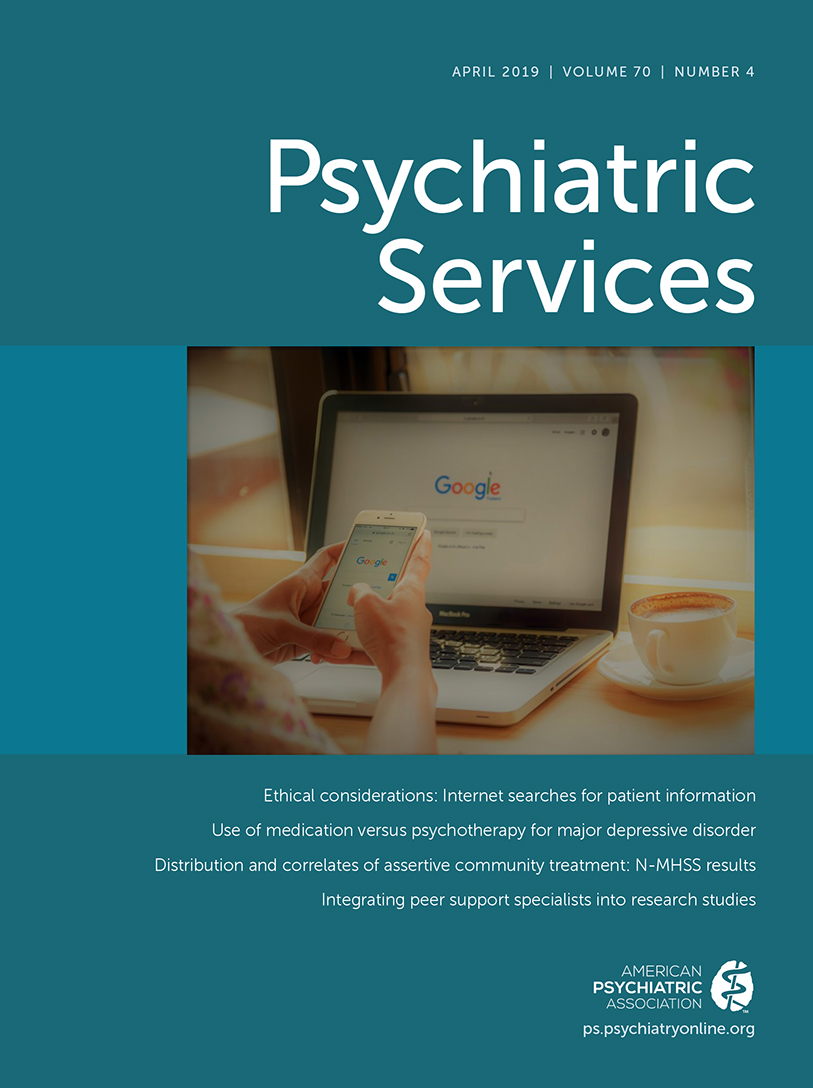Establishing Sanctioned Safe Consumption Sites in the United States: Five Jurisdictions Moving the Policy Agenda Forward
Abstract
Objective:
Methods:
Results:
Conclusions:
HIGHLIGHTS
Methods
Data Collection Efforts
Analysis
Results
Defining the Problem
Becoming Part of the Policy Agenda
Organizing and Coalition Building
Engaging partners with diverse perspectives
Focus of organizing efforts
Showing up for allies
Organizing people who use drugs
Learning from previous policy change efforts
Targeting friendly policy makers first
Educating policy makers
Publicly pressuring policy makers
Making safe consumption sites a campaign issue
Community Engagement
Engaging early
Convening community members
Taking community concerns seriously
Activating community voices
Transparency
Challenges
Location or siting
Uncertainty about federal government response
Mistrust and racial justice
Financing
Facilitators
Predecessor programs and harm reduction exposure
Political champions
Public support
Favorable media coverage
Exposure to existing safe consumption sites in other countries
Opening of a sanctioned safe consumption site in the United States
Research—although insufficient to shift views
Discussion
Conclusions
Supplementary Material
- View/Download
- 30.12 KB
References
Information & Authors
Information
Published In
History
Keywords
Authors
Competing Interests
Funding Information
Metrics & Citations
Metrics
Citations
Export Citations
If you have the appropriate software installed, you can download article citation data to the citation manager of your choice. Simply select your manager software from the list below and click Download.
For more information or tips please see 'Downloading to a citation manager' in the Help menu.
View Options
View options
PDF/EPUB
View PDF/EPUBLogin options
Already a subscriber? Access your subscription through your login credentials or your institution for full access to this article.
Personal login Institutional Login Open Athens loginNot a subscriber?
PsychiatryOnline subscription options offer access to the DSM-5-TR® library, books, journals, CME, and patient resources. This all-in-one virtual library provides psychiatrists and mental health professionals with key resources for diagnosis, treatment, research, and professional development.
Need more help? PsychiatryOnline Customer Service may be reached by emailing [email protected] or by calling 800-368-5777 (in the U.S.) or 703-907-7322 (outside the U.S.).

